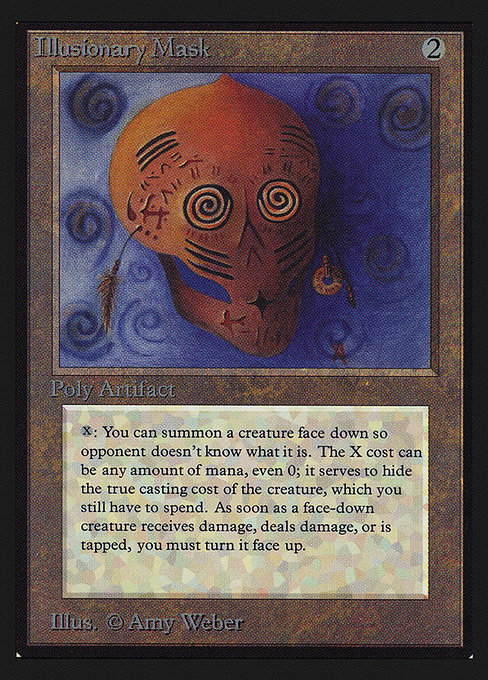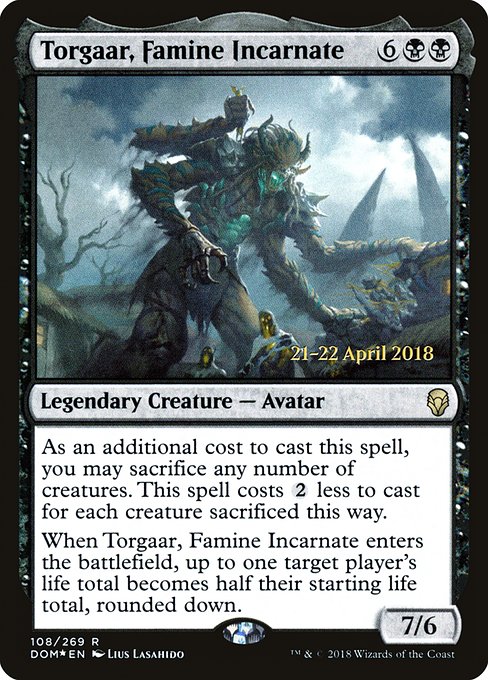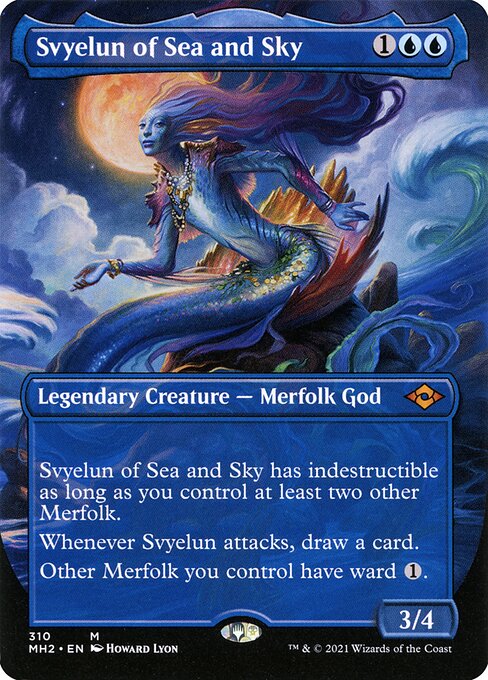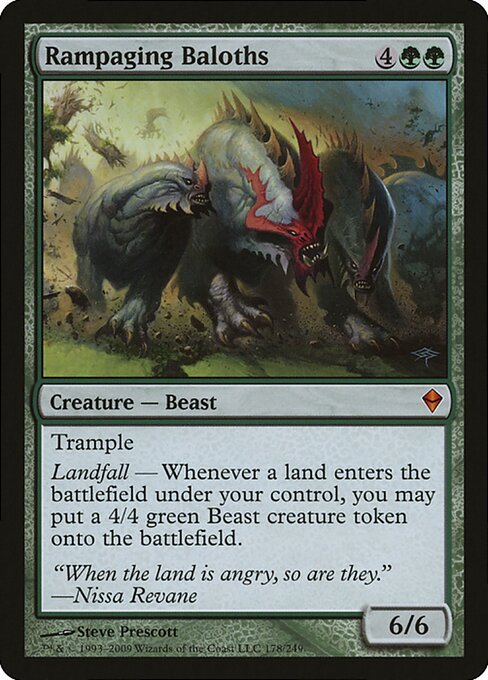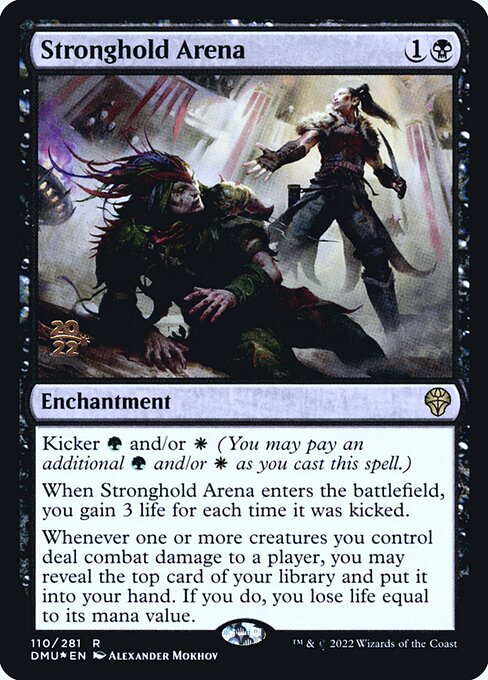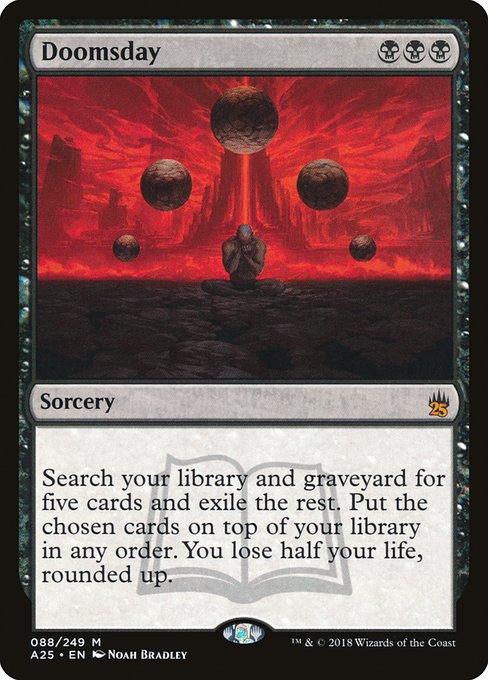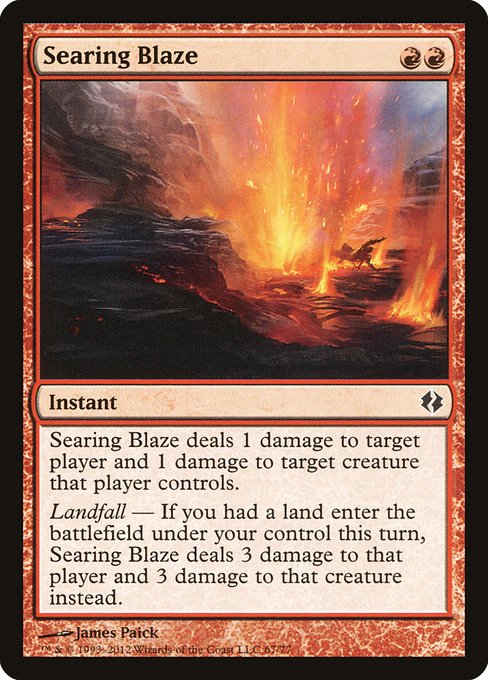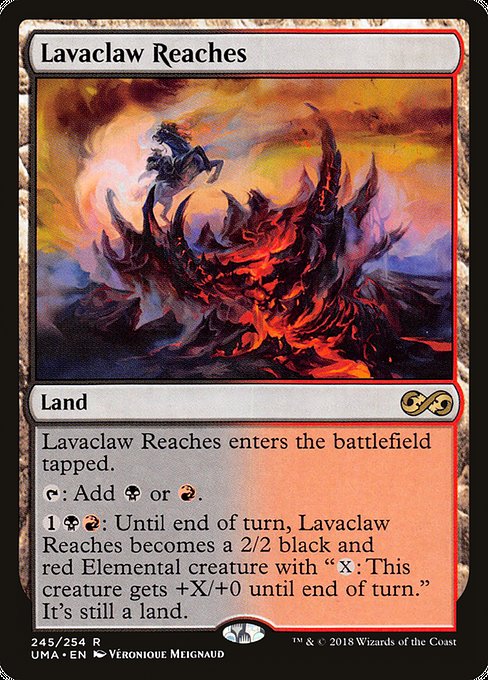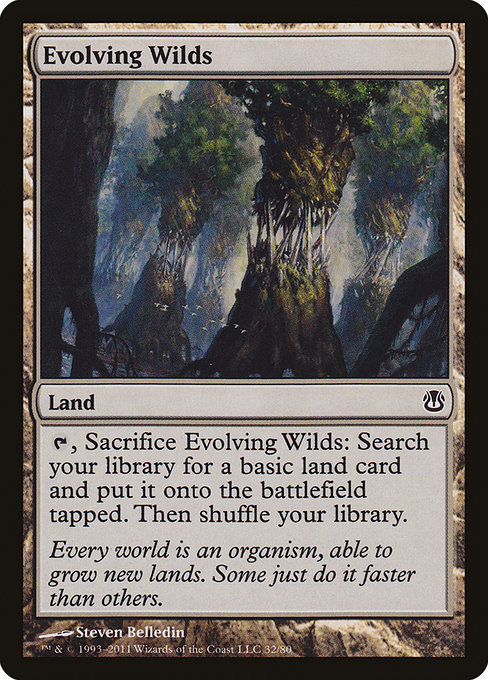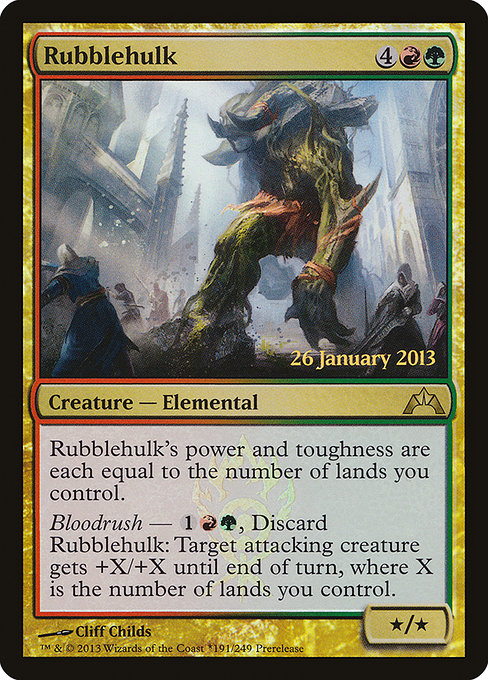
Rubblehulk

Full Analysis
Generated on 2025-07-06T05:21:18.939149 • Legacy FormatRubblehulk Analysis Guide
TL;DR Summary
Rubblehulk is a formidable Elemental creature that scales its power and toughness in tandem with the number of lands in play. Its ability to grant +X/+X to attacking creatures via Bloodrush makes it an attractive option for aggressive decks seeking to exploit opponents' vulnerabilities.
Detailed Card Mechanics and Interactions
Rubblehulk's power and toughness are dynamically linked to the number of lands in your control, making it a versatile card that adapts to changing circumstances. With one land in play, Rubblehulk boasts a respectable 1/1 stat line, while having three lands in play catapults its stats to a formidable 3/3.
However, this scaling is not limited to combat; its ability to grant +X/+X to attacking creatures via Bloodrush also depends on the number of lands you control. This synergy is crucial for aggressive decks that rely on Bloodrush to fuel their tempo plays and generate card advantage.
The {1}{R}{G} cost for Bloodrush allows Rubblehulk to be used in a variety of situations, from early-game aggression to mid-game tempo plays. While the discard cost may seem restrictive at first glance, it can actually prove beneficial when paired with the right cards.
For instance, if you have access to burn spells like Lavaclaw Reaches or other similar effects, discarding Rubblehulk will not only enable its ability but also fuel your burn spells. This synergy highlights the importance of carefully selecting and combining cards that interact with Rubblehulk's mechanics.
Another critical aspect of Rubblehulk's interactions is its vulnerability to land destruction and disruption effects. If an opponent manages to reduce the number of lands you control, Rubblehulk's power and toughness will decrease accordingly. This makes it essential to protect your life total and maintain a stable mana base when playing with this creature.
Strategic Uses, Combos, and Synergies
Rubblehulk excels in aggressive decks that can generate card advantage through the use of Bloodrush. A common strategy involves pairing Rubblehulk with Evolving Wilds, which enables you to play out lands without drawing extra cards. This synergy allows you to maintain a high land count, maximizing Rubblehulk's power and toughness.
Another powerful combination is pairing Rubblehulk with token-generating creatures like Keldon Marauders. These tokens can be used as fodder for Bloodrush, allowing you to grant +X/+X to multiple creatures at once. This tempo play can quickly overwhelm opponents, making it a valuable addition to aggressive decks.
Rubblehulk also pairs well with burn spells and removal effects. By discarding Rubblehulk and using its ability, you can create an opportunity for your opponent's life total to drop significantly while maintaining control of the board. For example, playing Searing Blaze or Doomsday in conjunction with Rubblehulk can be a devastating combination.
Deckbuilding Roles and Archetypes
Rubblehulk is best suited for aggressive decks that prioritize card advantage through Bloodrush and land destruction. Some potential deck archetypes include:
- Aggro: Pairing Rubblehulk with burn spells, removal effects, and token-generating creatures creates an aggressive deck focused on early-game tempo plays.
- Ramp: Combining Rubblehulk with Evolving Wilds, Keldon Marauders, or other land-drawing cards enables you to maintain a high land count, maximizing Rubblehulk's power and toughness.
In terms of specific roles, Rubblehulk can fill the following positions in a deck:
- Finisher: With its ability to grant +X/+X to attacking creatures via Bloodrush, Rubblehulk is an attractive option for aggressive decks looking to close out games quickly.
- Card Advantage Engine: By generating card advantage through the use of Bloodrush and land destruction, Rubblehulk can help fuel your burn spells and removal effects.
Format Viability and Competitive Context
Rubblehulk's viability in various formats depends on the metagame and overall power level. In competitive Magic, it is essential to consider how Rubblehulk interacts with other cards and strategies.
In Standard, Rubblehulk might struggle against decks that focus on life gain or card draw. However, its ability to grant +X/+X via Bloodrush makes it an attractive option for aggressive decks looking to exploit opponents' low life totals.
Rubblehulk's power level is likely higher in Modern and Commander formats, where the gameplan often involves aggressive tempo plays and burn spells. In these formats, its interaction with Evolving Wilds and other land-drawing cards can create a powerful synergy.
Rules Interactions and Technical Notes
When playing Rubblehulk, it's essential to understand its technical interactions:
- If an opponent casts a spell that destroys lands, Rubblehulk's power and toughness will decrease accordingly.
- Discarding Rubblehulk enables its Bloodrush ability; however, if the discarded card is a token-generating creature like Keldon Marauders, it will not generate tokens upon being discarded.
Additionally, consider the following interactions:
- If you have multiple copies of Rubblehulk in play and use its Bloodrush ability, each copy will grant +X/+X to the target creature.
- When using Evolving Wilds with Rubblehulk, ensure that you maintain a high land count to maximize its power and toughness.
Art, Flavor, and Historical Context
The artwork for Rubblehulk depicts an imposing elemental creature amidst a devastated landscape. The card's flavor text suggests that Rubblehulk is a harbinger of destruction, bringing ruin to those who dare oppose it.
In terms of historical context, Rubblehulk was first introduced in the Dominaria block, where it played a significant role in shaping the game's meta. Its power level and playability have since evolved through various sets and revisions, making it an attractive option for aggressive decks in modern formats.
Key Takeaways
Strategic Summary
Rubblehulk excels in aggressive decks that prioritize card advantage through Bloodrush and land destruction. Its ability to grant +X/+X via Bloodrush makes it a powerful tempo play, while its dynamic power and toughness ensure it remains relevant throughout the game.
Deckbuilding Recommendations
Pair Rubblehulk with burn spells, removal effects, and token-generating creatures for an aggressive deck focused on early-game tempo plays. Consider combining it with Evolving Wilds, Keldon Marauders, or other land-drawing cards to maintain a high land count and maximize its power.
Format Viability
Rubblehulk is most viable in Modern and Commander formats, where its interactions with aggressive tempo plays and burn spells create a powerful synergy. In Standard, it may struggle against decks focused on life gain or card draw.
By understanding Rubblehulk's mechanics, strategic uses, and interactions, players can effectively incorporate this powerful creature into their deck builds and navigate the complexities of competitive Magic.
